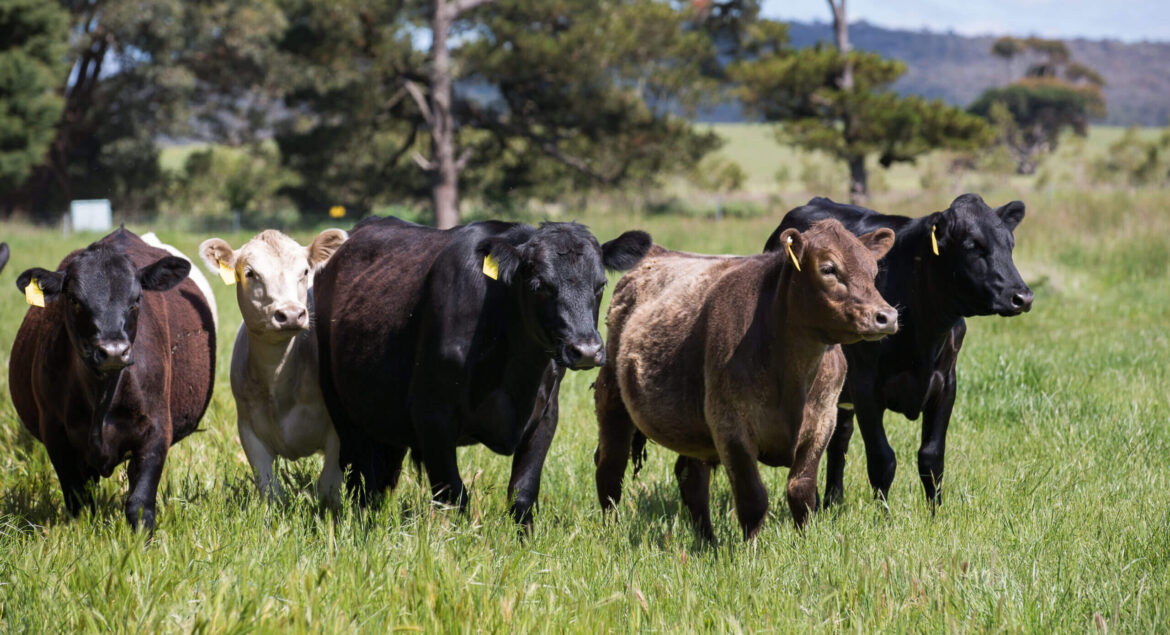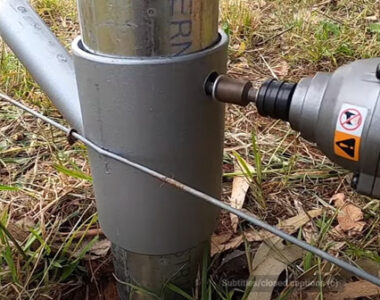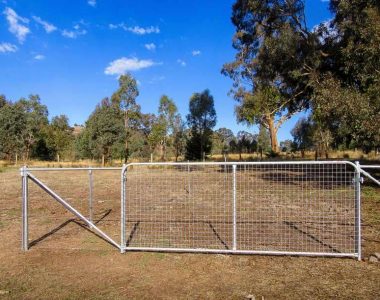
‘Agriculture accounts for over half of Australia’s land use so the sustainable management of this land is an important issue for both farm businesses and the general public.
Australia has a diverse agricultural, fisheries and forestry sector, producing a range of crop and livestock products. The gross value of agricultural, fisheries and forestry production has increased by 7% in the past 20 years in real terms (adjusted for consumer price inflation), from approximately $70 billion in 2001–02 to $75 billion in 2020–21’
While there has been a reduction in the number of farm businesses over time as average farm sizes have increased, there has been a change in the mix of farm types, with more substantial adjustment in the cropping and dairy sectors.
‘Agricultural productivity growth has been stronger over the long term than what has been seen in most other sectors of the Australian economy. It has also been comparable to farmers in other high income countries. This growth has been driven by improvements in technology and structural change.’
The Farming sector has overcome incredible odds over the years enduring drought, floods, fire and decreasing government support. Despite this, we are delighted to read Australian Farmers are managing significant risk including the climate and volatile commodity prices. There is still uncertainty over the long term, particularly the impacts of climate change. And despite increasing production, average farm profits of Australian farmers declined by 22.6% relative to historical climatic conditions.
Fencing, in the large scheme of farming industry, could be seen as relatively small, however, if there are better ways install farm and rural fencing, reducing resources and time needed to install quality fire and flood proof fences and gates, Fencestay is proud to play a part in the increased productivity our products provide for the hardworking and resilient individuals and teams who keep the countries commodities in high supply.
Need help? Visit our FAQs page for answers to questions or contact us for a chat or advice!
Ready to shop? Click here to get started!



